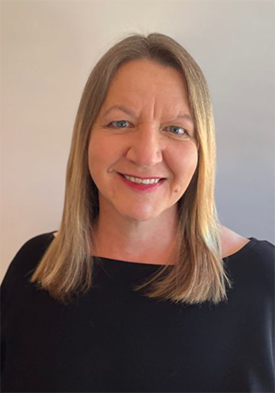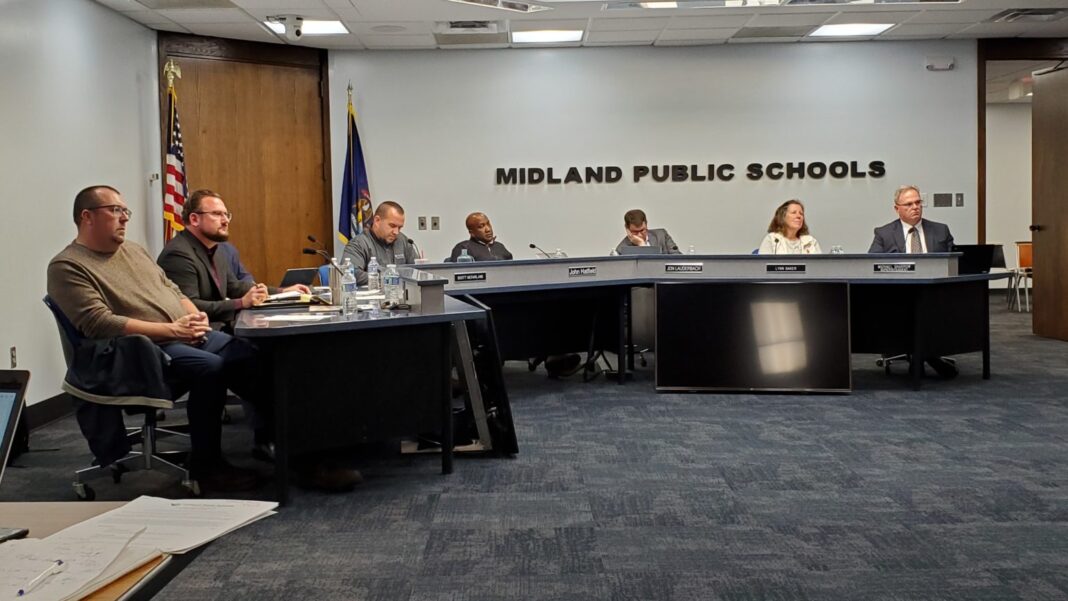
The Nonprofit Future of News: How Donors Can Help Strengthen Democracy
Earlier this year, residents in Southwest Memphis received some good news. An oil pipeline project they were fighting against was called off.
The positive outcome is just one example of the power of local media. It was 23-year old reporter Carrington J. Tatum’s coverage for the Memphis news outlet MLK 50: Justice through Journalism that helped the community halt the project that would have placed an oil pipeline atop a city aquifer. Since its founding four years ago, the nonprofit newsroom has done some of the hardest-hitting consumer protection reporting in the country, and invites members of Memphis’ Black community to tell their own stories in a way that hasn’t always been open to them.
“For so long, our media has allowed poor, Black communities to go unseen and unheard amid injustice,” Tatum wrote in MLK50, after receiving the Institute for Nonprofit News’ (INN) Breaking Barriers award in October. “But now, I think there’s a new standard and expectation for what good journalism is and what it could be.”
Nonprofit newsrooms have grown fast during the pandemic, demonstrating the importance of their public service mission and the relative resilience of their varied revenue models. Tatum’s work highlights another way that nonprofits have become vital to the future of news: They are pioneering new ways of reporting that engage communities that have been historically overlooked.
Across the country, more than 2,500 journalists are producing news not for profit, but just for you. MLK50 is one of more than 350 of these newsrooms connected in a network through INN, up from 195 in 2019, before the pandemic. They now make up one of the biggest reporting networks in the U.S., noted for restoring deep local coverage and digging deep to cover public affairs topics: Education, the environment, health care, social justice, and economic opportunity.
These outlets are not partisan. They don’t do a lot of ranting, don’t fuel the national political divides. They just produce great, deep reporting — the kind we all need. This news is for everyone, like our libraries or hospitals. People who can afford to support this kind of news donate to keep these newsrooms reporting. People who can’t afford a donation still get the news, for free. And that helps them participate in public life. When we say news strengthens our democracy, this is what we mean. It provides information so that everyone can take part.
Nonprofit news media are winning financial support with their quality and spirit of service. As shown in the INN Index, more than a third of nonprofit reporting is funded by individual donations, by people who want to see fact-based reporting push back the tides of misinformation. These outlets are also resilient. More than 90% of the roughly 400 newsrooms that INN has tracked over the last 12 years are still with us, a remarkable survival rate for startups. About 70% have four or more sources of revenue, which provides stability in uncertain times.
While nonprofit news organizations operate with different business models, they share a common purpose: By law, every 501(c)3 nonprofit news organization exists to serve the public.
The public service mission is reshaping the relationship between the press and public in healthy ways. For example, amid the pandemic, Outlier Media in Detroit, Block Club Chicago, El Timpano in Oakland, and Wisconsin Watch used text messages to respond to community questions about healthcare, housing, food and other services. Other newsrooms are pioneering new ways of sharing information with the public through events as well as publications, experimenting with new audio storytelling.
Purpose also creates a new ecosystem of collaboration, which can increase the impact of every news story. Journalists still strive for scoops — but then they share them. In 2019, some 300 INN members shared their reporting with more than 3,800 other media. Because they didn’t paywall these stories, just about every American can now benefit from nonprofit news reporting.
Commercial media companies need to drive ratings or digital story clicks. While many produce good journalism, their coverage may not tell you much about what the local government is doing with your tax dollars, what the school district needs, or how your neighbors and local businesses are faring. For that, you need feet on the street, at the city council, in the governor’s office, and at meetings of the school board and local Chamber of Commerce. That’s where nonprofit news comes in.
How to Support Nonprofit News
INN is a membership organization that leads a network of 350-plus nonprofit news organizations across North America. To become a member of INN, these media outlets must be nonpartisan, produce fact-based news coverage, provide transparency around their donors, and adhere to standards of editorial independence. INN’s newsrooms have new expectations for community support, because — as the young, award-winning journalist Carrington Tatum said — communities have new expectations of what good journalism can be. Here’s how you can help.
• In November and December, INN members will ask their communities to match funds provided by the collaborative NewsMatch campaign. Last year, INN members leveraged $4.4 million in national seed funds to raise $50 million in community investments that supported their news. Support the NewsMatch fund.
• Find a newsroom in your area that is participating in NewsMatch and help them reach their end-of-year goal with a direction donation.
• Throughout the year, check FindYourNews.org to locate organizations that cover topics you care about, like the environment, education, and health.
• You can also learn more about the innovation, entrepreneurship, and community service of this expanding field by subscribing to INN’s weekly newsletter.
Popular Categories



